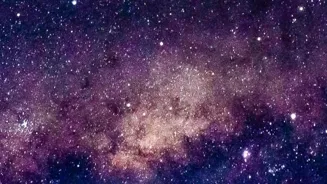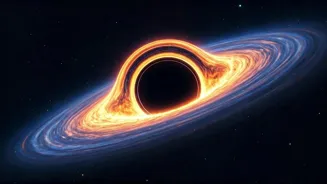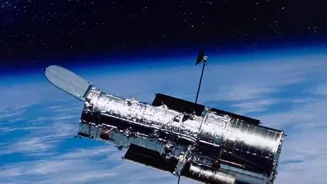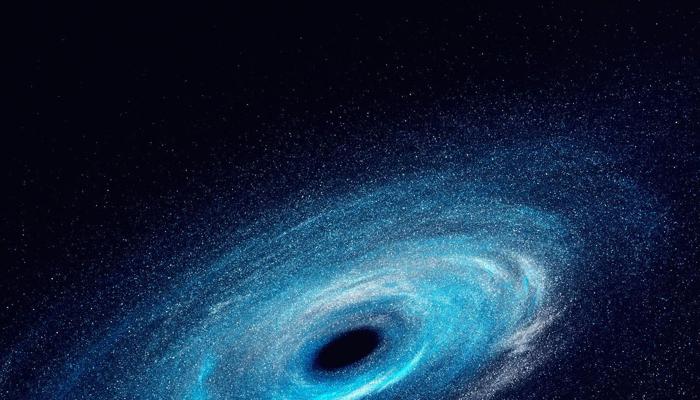Discover the wonders of the Hubble Space Telescope with 10 mind-blowing facts. Unveil the secrets of this cosmic marvel!
The Hubble Space Telescope, fondly called just Hubble, is a proper marvel of modern
science! For over three decades, this eye in the sky has been giving us breathtaking images and crucial data about the universe, more than any other instrument. It's changed how we understand our place in the cosmos.
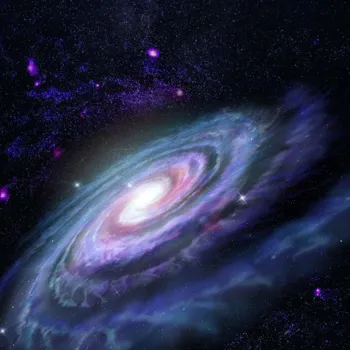
Most of us have definitely seen those stunning pictures of colourful nebulas and distant galaxies. But there's so much more to Hubble than just beautiful pictures! Let's dive into ten truly mind-blowing facts about this incredible machine that will make you appreciate it even more.
It has made huge discoveries.
Scientists' long journey to launch Hubble space telescope
The idea of a space telescope wasn’t some overnight inspiration. It all started way back in the early 20th century. Scientists realised that Earth's atmosphere blurred our view of the stars and planets. The constant movement and particles in our atmosphere distort the light coming from space.

They suggested building a telescope above all that, in the perfect vacuum of space! This simple idea was the first step. It took decades of planning, technological innovations, and good old-fashioned hard work by engineers and scientists.
Finally, in 1990, the Space Shuttle Discovery carried Hubble into orbit, making that long-held dream a reality.
Hubble telescope size and weight for its mission in orbit
When you see the gorgeous pictures Hubble produces, you might imagine a telescope the size of a planetarium. Actually, it's big, but not that big. Hubble is about the size of a school bus, which is impressive enough considering what it does. It's 43.5 feet long and has a maximum diameter of 14 feet.
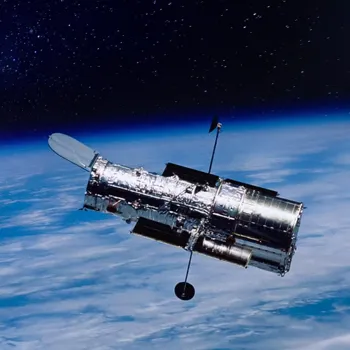
Its primary mirror, the one that collects the light, is around 7.9 feet across. Surprisingly, for all its size, Hubble only weighs about 24,500 pounds, roughly the weight of two adult elephants. Placing it in orbit, however, was quite a job but essential for its main mission.
Hubble orbits Earth at 17,000 mph, scanning heavens constantly
Hubble isn’t just floating lazily in space. It's orbiting Earth at a speed of about 17,000 miles per hour! That's nearly five miles per second. At that phenomenal speed, Hubble circles the Earth roughly every 95 minutes. Think about that for a second. It sees a sunrise every 45 minutes!
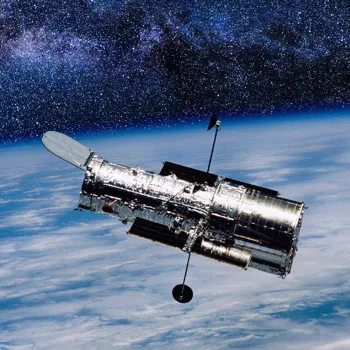
This blazing speed is vital for Hubble to constantly scan the heavens above and collect data. It has seen planets move incredibly fast, relative to its position.
Hubble's power: gathering light to see farthest in universe
Hubble's real power comes from its amazing ability to gather light. Its 7.9-foot primary mirror is incredibly precise. It can collect faint light from distant stars and galaxies that are simply invisible to telescopes on Earth.
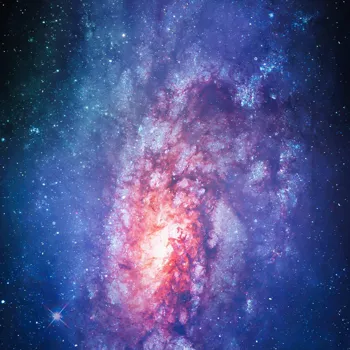
This capability allows Hubble to see farther into the universe and further back in time than ever before. The light travels to us across billions of kilometers. It’s like seeing a candle flickering on Pluto from Earth! Its like looking into the very early days of the universe.
Hubble's blurry images fixed by corrective optics in 1993
Hubble's launch wasn't exactly smooth sailing. Soon after being deployed, scientists discovered a major problem. The primary mirror had a flaw, a very slight one, but enough to make the images blurry. It was a setback that could very well have turned Hubble into a billion-dollar dud.
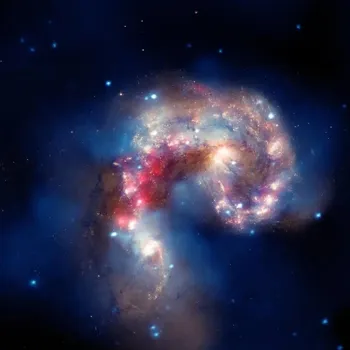
In 1993, astronauts aboard the Space Shuttle Endeavour embarked on the first servicing mission. They installed corrective optics, effectively eyeglasses, for Hubble. These optics compensated for the flawed mirror. That's when Hubble gave us the clear pictures we had all wanted to see.
Hubble's success through hard work and perseverance inspires dreamers
Hubble's success is a product of hard work and overcoming obstacles. The idea of a space telescope wasn't easily achieved, but decades of planning made it possible. This success inspires many because they dream of doing great things.
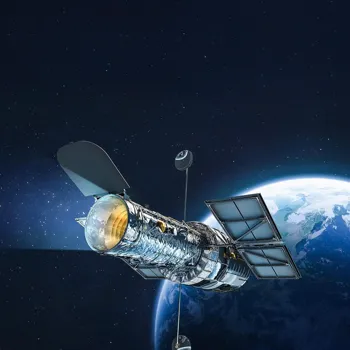
Hubble's success through hard work and inspiration
Hubble's success is a product of hard work and overcoming obstacles. The idea of a space telescope wasn't easily achieved, but decades of planning made it possible. This success inspires many because they dream of doing great things.
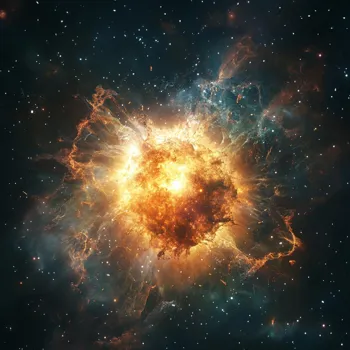
Hubble sees faint light to reveal unseen objects
Hubble's real power is its collection of faint light. With this power, it can see objects that Earth-based telescopes are unable to see. Seeing faint light also helps scientists look a lot further.
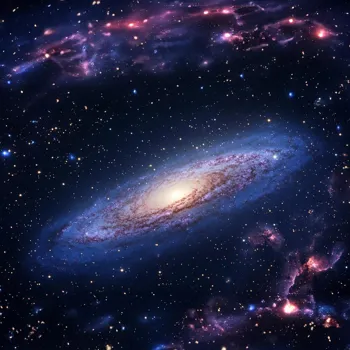
Hubble's images blend stunning visuals with serious scientific insights
While Hubble's images are undoubtedly stunning, they're not just for show. The images are a by-product of serious science. The data collected by Hubble gives valuable insights into the age, size, and expansion rate of the universe.
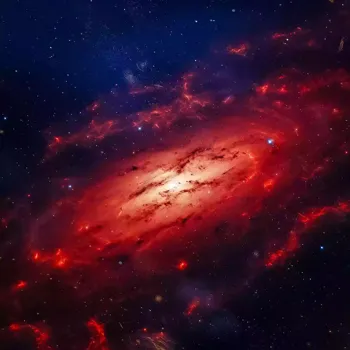
It has helped confirm the existence of supermassive black holes at the centre of galaxies. It has also helped understand the formation of stars and planets. The data supports studies on the composition of exoplanets.
Every colourful image is packed with information that scientists are constantly analyzing and deciphering. The science is often more incredible than the visuals.
Astronauts upgraded Hubble with new instruments, extending its capabilities
Hubble isn't just left to fend for itself up there. Over the years, astronauts have made several servicing missions to Hubble. They repaired and upgraded components and installed new instruments. These missions extended Hubble's lifespan and enhanced its capabilities.
These updates have kept Hubble at the forefront of scientific discovery. The final servicing mission was in 2009. This added more advanced cameras and spectrometers. These allowed Hubble to do even more groundbreaking research. It is kept up to date as much as possible!
Hubble captures universe's breathtaking events
Hubble has captured some of the most spectacular events in the universe. It has witnessed galaxies colliding and merging, which is a slow process but breathtaking in the photos. It has observed the birth of stars within glowing nebulas, showcasing the raw power of creation.
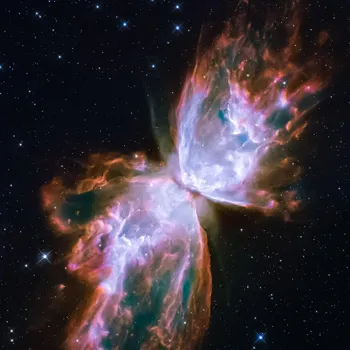
It has recorded the death throes of stars as they explode in supernova events, scattering elements of life across the cosmos. These observations help us understand the life cycle of celestial objects. It enables us to understand the very fabric of the universe we reside in.
Hubble's open data policy democratizes astronomy access
One of the most significant aspects of Hubble is that all of its images and data are available to the public! NASA maintains a vast archive where anyone can access Hubble's observations. You can even download the raw data and process it yourself!
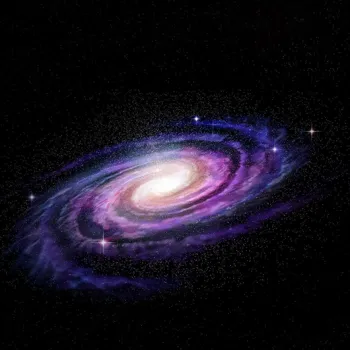
This open-data policy makes Hubble a truly democratic telescope. The observations empower students, researchers, and amateur astronomers around the globe. It allows them to explore the wonders of the universe alongside the professionals. It expands the horizons for space.
Hubble's successor, James Webb Telescope, enhances cosmic exploration
After over 30 years of brilliant service, Hubble is getting old. Luckily, there is another telescope. The James Webb Space Telescope is its more powerful successor. Webb is designed to see the universe in infrared light. This will provide access to even more distant and ancient objects.
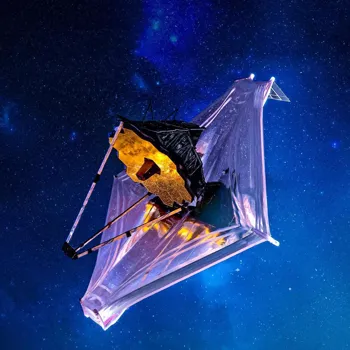
Hubble will continue to operate alongside Webb. They complement each other and will give us an even richer understanding of the cosmos. Hubble has created a legacy of new space telescopes.
Hubble captures cosmic events, revealing unseen phenomena
Hubble has captured cosmic events, from merging galaxies to exploding stars. You can witness events that were impossible to see before Hubble. These images allow us to understand the life and death cycle of different structures.
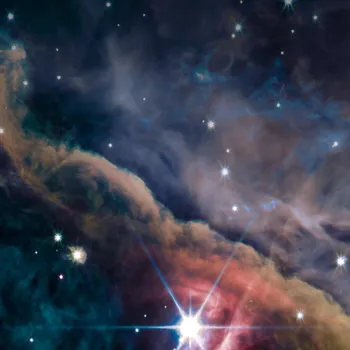
Hubble captures cosmic events, revealing unseen phenomena
Hubble has captured cosmic events, from merging galaxies to exploding stars. You can witness events that were impossible to see before Hubble. These images allow us to understand the life and death cycle of different structures.
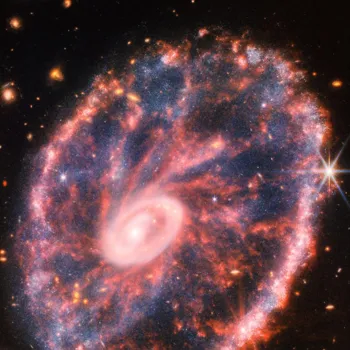
Hubble captures cosmic events to enhance understanding
Hubble has captured cosmic events, from merging galaxies to exploding stars. You can witness events that were impossible to see before Hubble. These images allow us to understand the life and death cycle of different structures.
AI Generated Content. Glance/InMobi shall have no liability for the content
